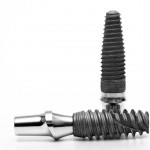
This review comparing outcomes between short (5-8 mm) and long implants (≥10 mm) with bone augmentation in the posterior jaw included 10 RCTs . The findings suggest no differences in outcomes at 1 year.
[read the full story...]
This review comparing outcomes between short (5-8 mm) and long implants (≥10 mm) with bone augmentation in the posterior jaw included 10 RCTs . The findings suggest no differences in outcomes at 1 year.
[read the full story...]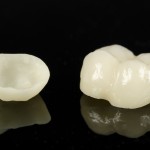
This review comparing ceramic and metal-ceramic restorations was developed by MSc Students from @UClanDentistry during a recent workshop. While the findings suggest no difference between the two materials only a small number of limited quality studies are available.
[read the full story...]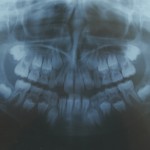
Two surgical approaches ( open and closed) for palatally displaced canines were compared in this multi-centre RCT. No differences in operating time was seen between the two approaches but those in the open group had more pain.
[read the full story...]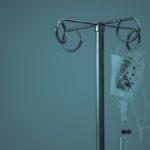
Laoise Renwick considers the findings of a recent systematic review on the safety of service users with severe mental illness receiving inpatient care on medical and surgical wards.
[read the full story...]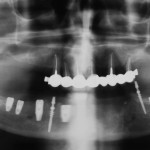
13 studies (10 RCTs, 3 prospective) were included in this review comparing the outcomes of short and standard dental implants. No difference were seen in studies lasting up to 5 years.
[read the full story...]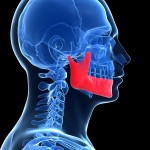
Review of 36 studies at high risk of bias suggests that surgical treatment of mandibular condylar fractures provides a better clinical outcome for post-treatment malocclusion, protrusion, laterotrusion, and lateral deviation during maximal incisal opening in comparison to non-surgical treatment. But more patients affected by post-treatment infection.
[read the full story...]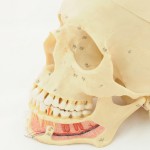
This review of complications following inferior alveolar nerve repositioning techniques included 24 studies the majority at high risk of bias. Initial sensory disturbance was highest with lateralisation technique but lower at end of follow up periods than transposition approach.
[read the full story...]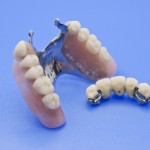
Double crown reconstructions provide the possibility of restoring a dentition using a few remaining teeth located in unfavorable positions for other prosthetic approaches Although they require high precision from both the dental technician and clinician. The aim of this review was to systematically screen the literature for data related to the survival and complication rates [read the full story…]
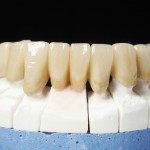
Zirconia is a polycrystalline ceramic without a glassy phase and exists in several forms. Recently, zirconia has been used to fabricate ceramic fixed dental prosthesis FDPs with relatively high strength and good aesthetics. The aim of this systematic review was to assess zirconia-based FDPs in terms of survival and complications. Veneering techniques for porcelain application [read the full story…]
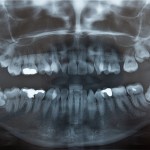
The sagittal split osteotomy (SSO) is a common procedure for the correction of mandibular deformities. It was first introduced Schuchardt in 1942 the current technique which has been refined an popularised in subsequent years. Overall it is a safe procedure the an important intra-operative complication being an unfavourable fracture with incidences varying between 0.7-20% being [read the full story…]